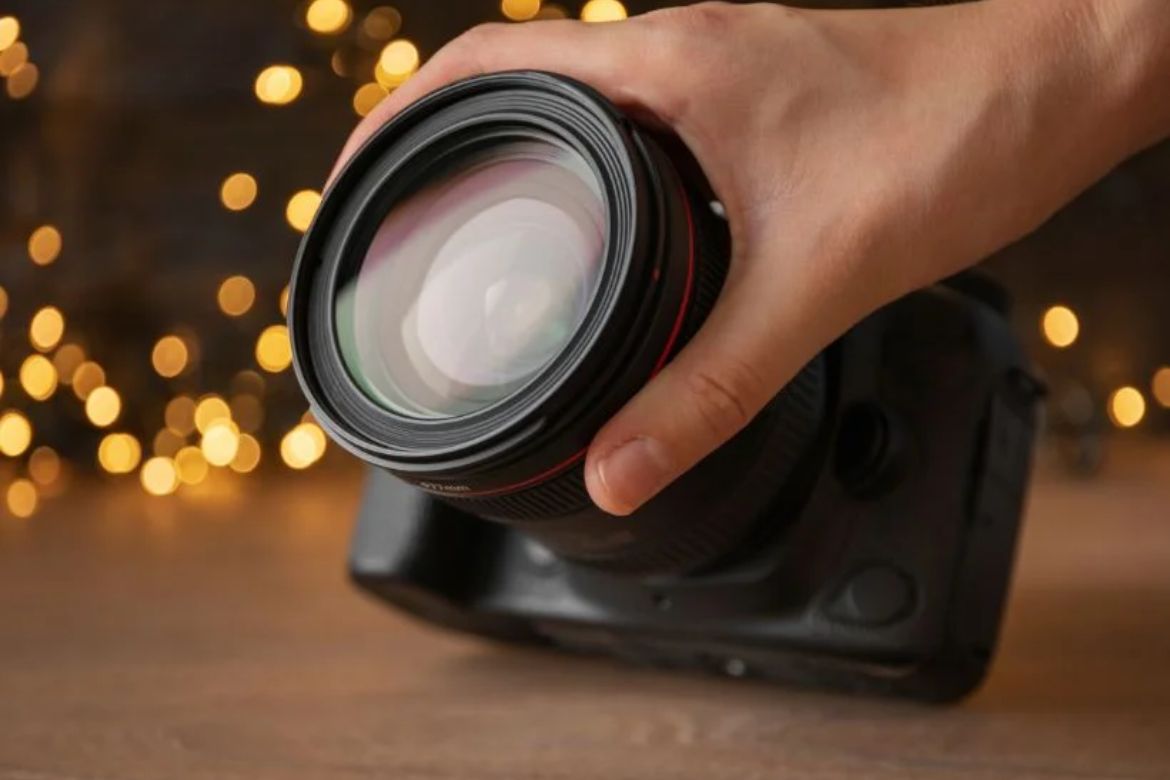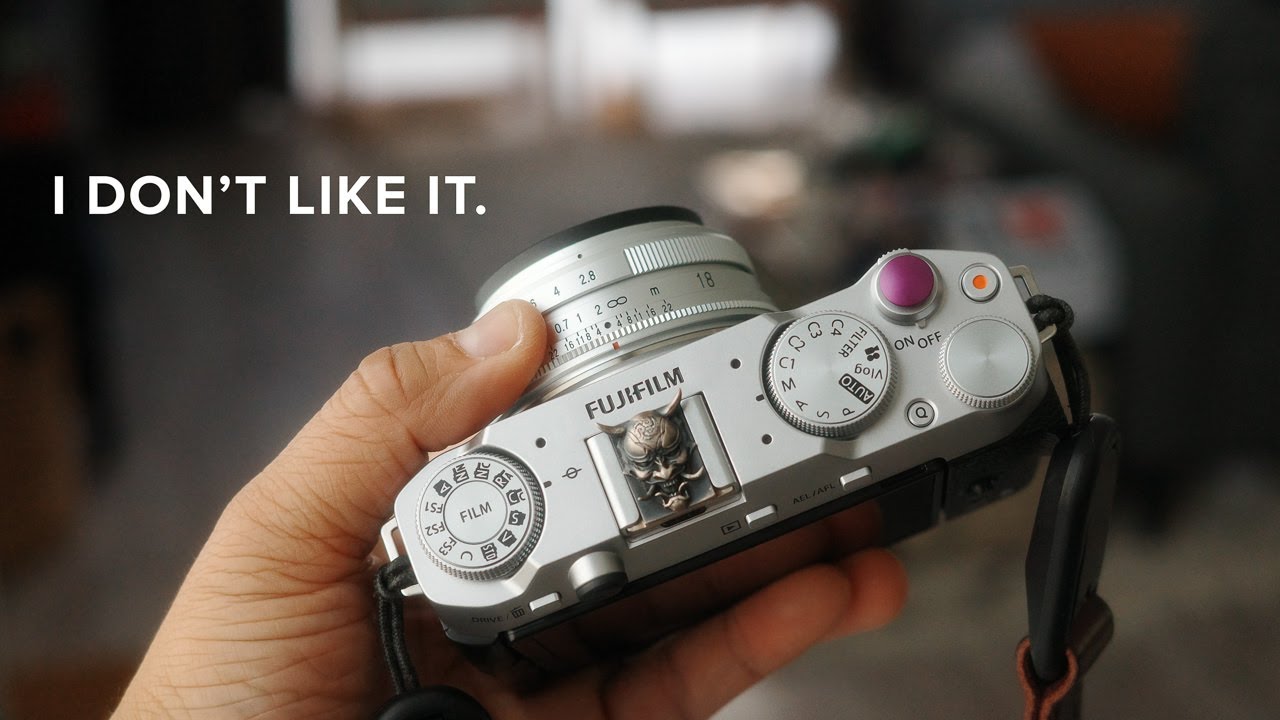Introduction to Photeeq Lens Flare
In the world of digital photography and image editing, lens flares have long been a controversial yet captivating visual element. While some photographers and editors go to great lengths to avoid them, others intentionally add them in post-production for dramatic effect. One popular tool for this purpose is Photeeq, a software plugin that gained popularity for its sleek integration into Adobe Lightroom and Photoshop. Among its many features, the Photeeq lens flare option stood out, offering users a powerful way to incorporate realistic and customizable flare effects into their images.
We’ll also look into how the Photeeq lens flare feature works, why it appealed to photographers and designers, and what alternatives exist now that the original Photeeq plugin has become harder to find.
What Is Lens Flare?
Lens flare is a phenomenon that occurs when a camera lens captures intense light directly—typically from a bright light source like the sun or artificial lighting. This light scatters within the lens system and reflects off internal surfaces, producing visible artifacts such as starbursts, rings, streaks, or hazy glare.
While often considered a technical imperfection, lens flare can be used artistically to enhance mood, imply warmth, or add cinematic realism. Think of iconic scenes in Hollywood blockbusters or dramatic portraits bathed in golden sunlight—lens flare can transform an ordinary image into something ethereal.
The Rise of Photeeq in Digital Imaging
Photeeq emerged as a user-friendly plugin suite primarily used in Lightroom and Photoshop workflows. Unlike other bulky editing tools, Photeeq focused on minimalism, speed, and efficiency. Its lens flare module became popular among portrait and wedding photographers due to its ability to inject authentic-looking flares with just a few clicks.
At a time when Photoshop required more manual effort to create realistic flares, Photeeq offered a drag-and-drop solution. It featured several presets, real-time previews, and customizable elements like:
- Light intensity
- Angle and direction
- Color temperature
- Opacity and softness
- Bokeh and light refraction variations
What made it truly appealing was its non-destructive editing capabilities. Users could layer lens flares on top of existing images without permanently altering the base photograph.
Why Photeeq Lens Flare Stood Out
The Photeeq lens flare tool wasn’t just about adding light—it was about enhancing narrative. Here’s why it captured the imagination of digital artists and photographers:
1. Realism Over Gimmick
Many lens flare filters available in photo editing software looked overly synthetic or cartoonish. Photeeq’s algorithm replicated how light behaves when hitting actual lens glass. This gave the final image a more natural feel.
2. Customization and Control
Photographers could fine-tune every aspect of the flare to match lighting conditions in their image. Whether mimicking sunset light for a romantic scene or backlight for a gritty street photo, Photeeq’s controls ensured the flare enhanced rather than overwhelmed.
3. Preset Libraries
The plugin came with a variety of pre-built flares. Each preset mimicked different lens types (vintage lenses, wide-angle, telephoto), which meant photographers could simulate the look of expensive gear on a budget.
4. Speed and Simplicity
Photeeq’s interface was clean and intuitive, ideal for editors who wanted quick results without diving into complex Photoshop layers or lighting simulations.
Artistic Applications of Photeeq Lens Flare

The inclusion of lens flare in imagery can evoke powerful emotional and psychological responses. Here’s how Photeeq lens flares found use in different creative disciplines:
1. Portrait Photography
Photographers often used subtle flares to warm up portraits, especially outdoor or lifestyle shots. A gentle flare peeking from the corner of the frame suggested natural sunlight and added softness to facial features.
2. Wedding Photography
Photeeq’s flares helped add a dreamy, romantic aura to wedding images. The right flare could give the illusion of a golden hour shoot, even if the lighting wasn’t ideal.
3. Cinematic Edits
Digital artists used Photeeq to create film-like effects. Combining desaturated tones with intense lens flares mimicked the look of a vintage movie still or a modern action scene.
4. Product and Branding Photography
When photographing objects like sunglasses, perfumes, or jewelry, flares added a luxury and dramatic feel. Photeeq allowed precise control so the flare didn’t overpower the product.
The Disappearance of Photeeq What Happened?
Despite its popularity, Photeeq quietly vanished from the market. The company’s website is no longer active, and many links to download the plugin no longer function. It’s unclear whether the company was acquired, discontinued due to business reasons, or simply phased out due to lack of updates.
As technology evolved and Adobe improved its native tools, some of Photeeq’s features became redundant. Lightroom and Photoshop now include advanced lighting and flare effects that weren’t previously available. Still, for those who used Photeeq during its peak, it holds nostalgic value.
Alternatives to Photeeq Lens Flare Today
If you’re looking for tools similar to Photeeq’s lens flare capabilities, here are some viable alternatives:
1. Adobe Photoshop (Built-in Lens Flare)
Photoshop includes a native Lens Flare filter under the “Render” menu. While not as intuitive as Photeeq, it allows for moderate customization.
2. Boris FX Optics
This plugin offers one of the most extensive libraries of cinematic lens flares. Used in Hollywood VFX, it’s perfect for high-end photography and design.
3. Nik Collection by DxO
Nik’s Color Efex Pro has a Sunlight and Lens Flare module. It’s a bit heavier than Photeeq but provides excellent results.
4. ON1 Photo RAW
This is an all-in-one photo editing suite with customizable light effects, including flares and glows.
5. Luminar Neo by Skylum
Known for AI-powered editing, Luminar offers lens flare effects in its “Creative” module, along with AI relighting tools.
DIY Approach Creating Lens Flares from Scratch
For those who prefer full creative control, lens flares can be built manually in Photoshop using radial gradients, blending modes (such as “Screen” or “Lighten”), and light brushes. This technique takes longer but allows for precision that some plugins can’t match.
A growing trend among photographers is capturing real flares in-camera using vintage lenses or intentional light leakage—especially in film photography. This analog method is gaining ground again among purists.
Final Thoughts The Legacy of Photeeq Lens Flare
Though no longer widely available, Photeeq’s lens flare plugin left a significant impact on the digital imaging world. It democratized a visual effect that was once difficult to control and made it accessible to amateur photographers, hobbyists, and professionals alike.
Its intuitive interface, realistic presets, and artistic flexibility made it a staple in many editing workflows. Even though other tools have now stepped into the spotlight, the legacy of Photeeq reminds us that well-designed plugins can transform not just images—but creative processes.
If you were one of the lucky ones to use Photeeq during its heyday, consider yourself part of a niche community that saw a unique blend of technology and creativity at its best.
You Many Also Read: Ava Kris Tyson


